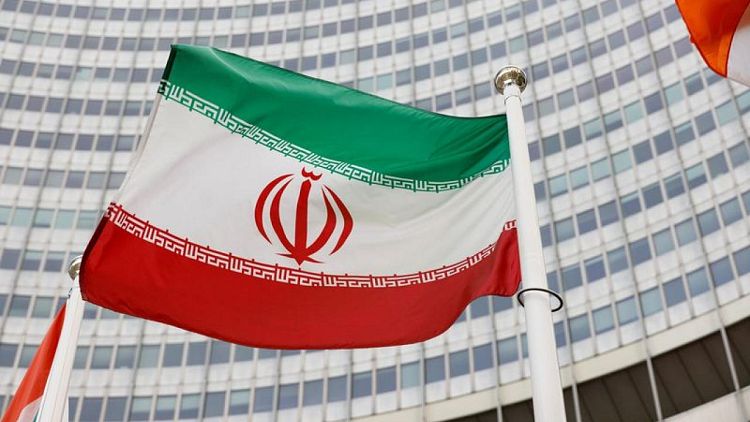By Francois Murphy
VIENNA - Iran has moved all its machines that make centrifuge parts from its mothballed workshop at Karaj to its sprawling Natanz site just six weeks after it set up another site at Isfahan to make the same parts, the U.N. nuclear watchdog said on Wednesday.
Iran granted International Atomic Energy Agency inspectors access to Karaj in December to re-instal surveillance cameras there after a months-long standoff that followed what Tehran said was Israeli sabotage that destroyed one camera and badly damaged another, prompting Iran to remove all four cameras.
A month later, Iran told the IAEA it was moving production of the parts for advanced centrifuges, machines that enrich uranium, to a new location in Isfahan, and the IAEA set up cameras there to monitor that work.
Little is known about the Isfahan workshop. Diplomats have said it is slightly larger than the Karaj one. On Wednesday, the IAEA said Iran had moved all the equipment from Karaj to an unspecified location at Natanz, raising the question of whether it will increase output by using both Natanz and Isfahan.
"On the same date (April 4), agency inspectors verified that these machines remained under agency seal at this location in Natanz and, therefore, were not operating," the IAEA said in a statement summarizing a confidential report to member states seen by Reuters.
Neither the statement nor the report described the location at Natanz, a site that includes a large underground enrichment plant and various buildings above ground.
Under an arrangement that is more than a year old, the IAEA does not have access for the time being to the data collected by some of its cameras, such as those at the new Isfahan workshop.
"Without access to the data and recordings collected by these cameras, the agency is unable to confirm whether the production of centrifuge components at the workshop in Esfahan has begun," the report to IAEA member states said.
